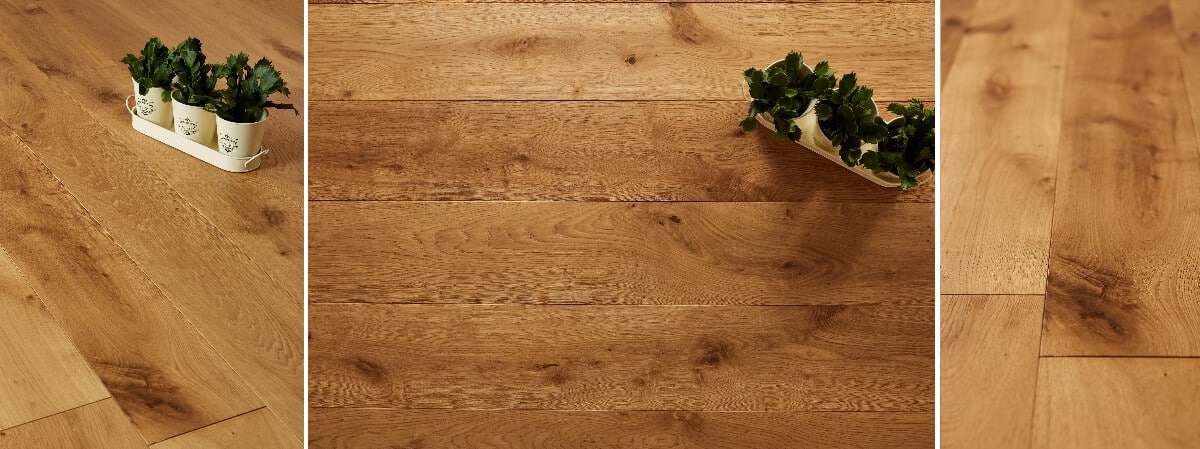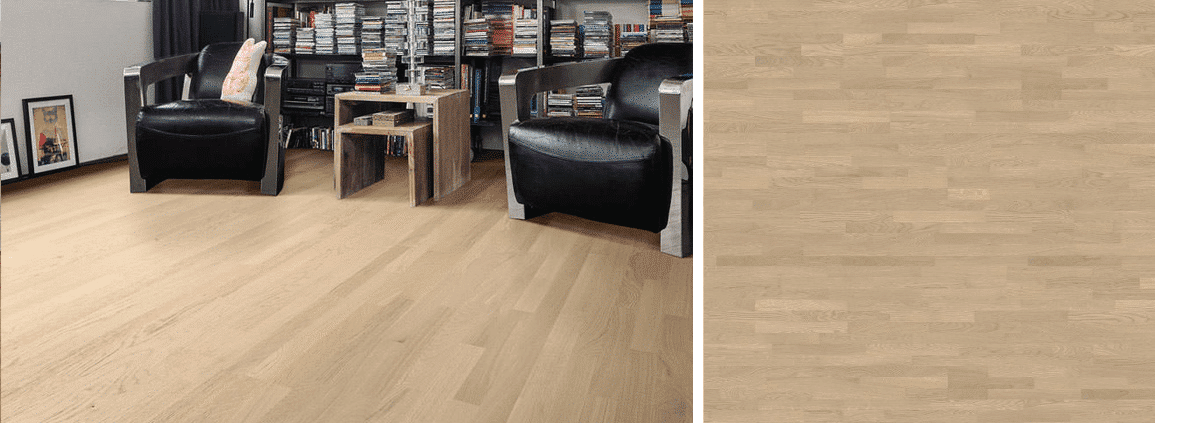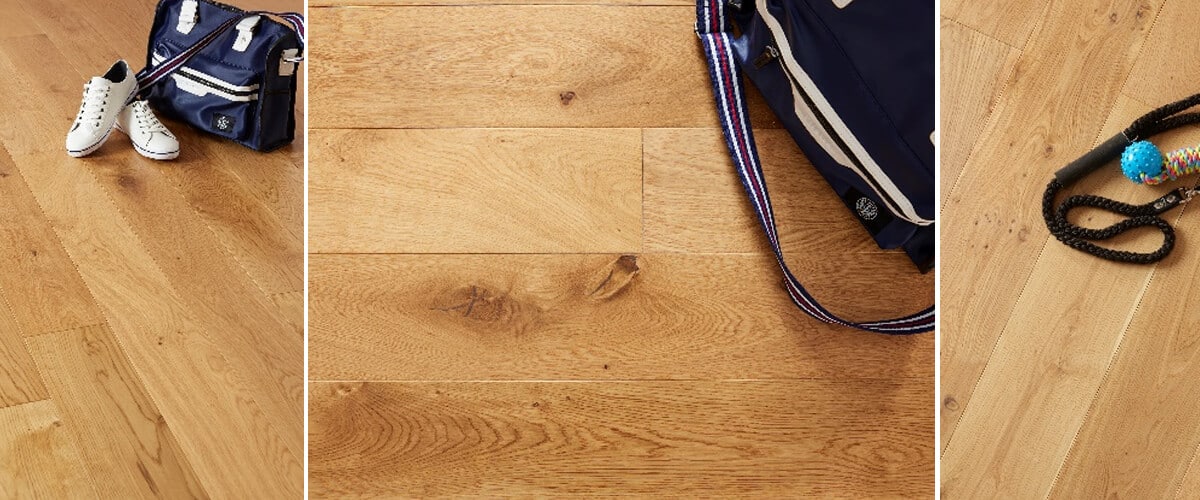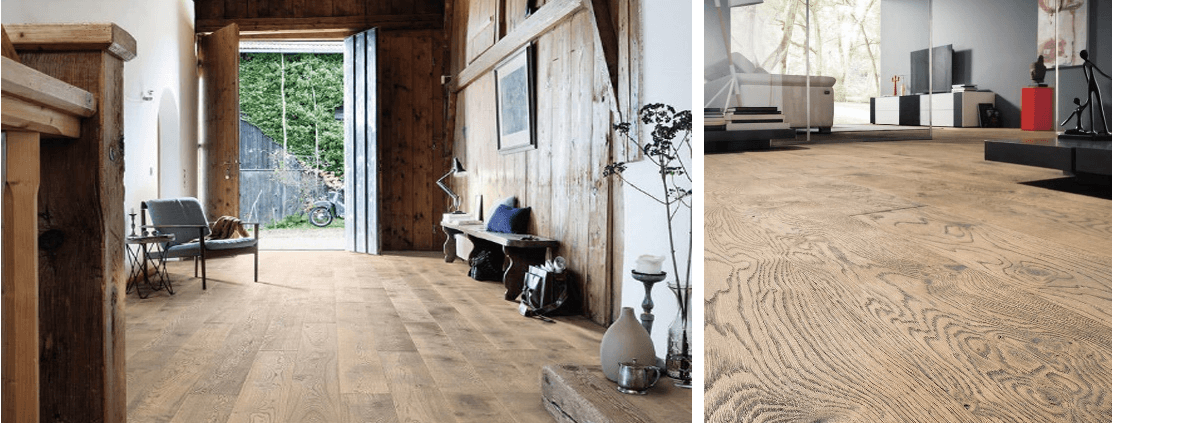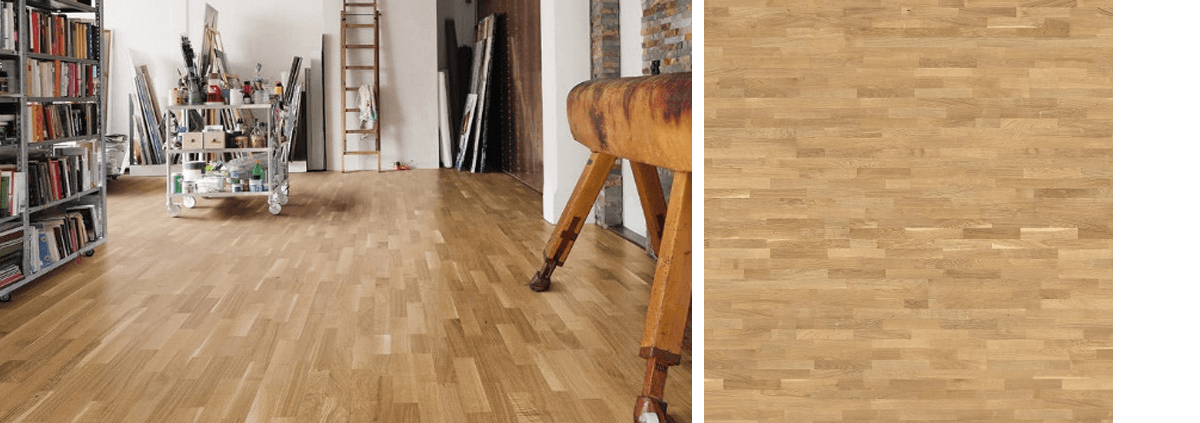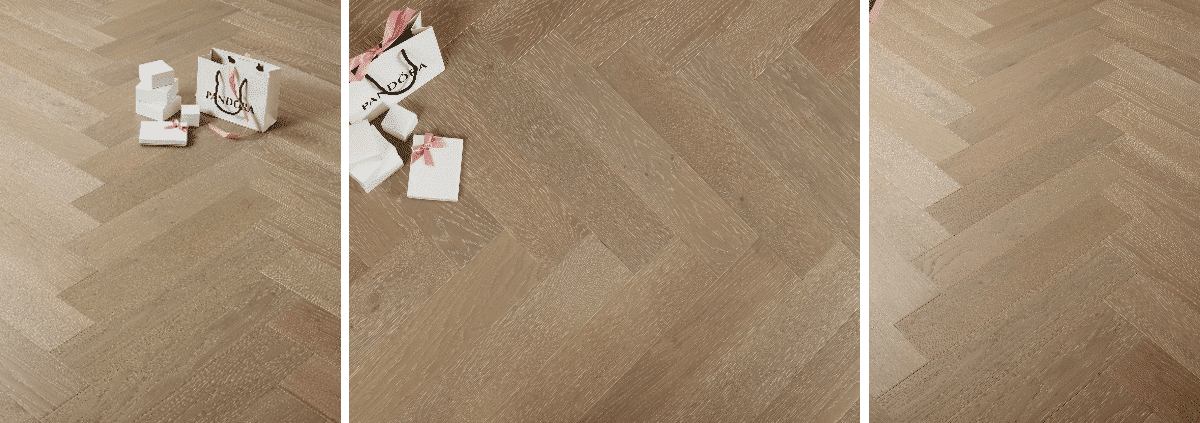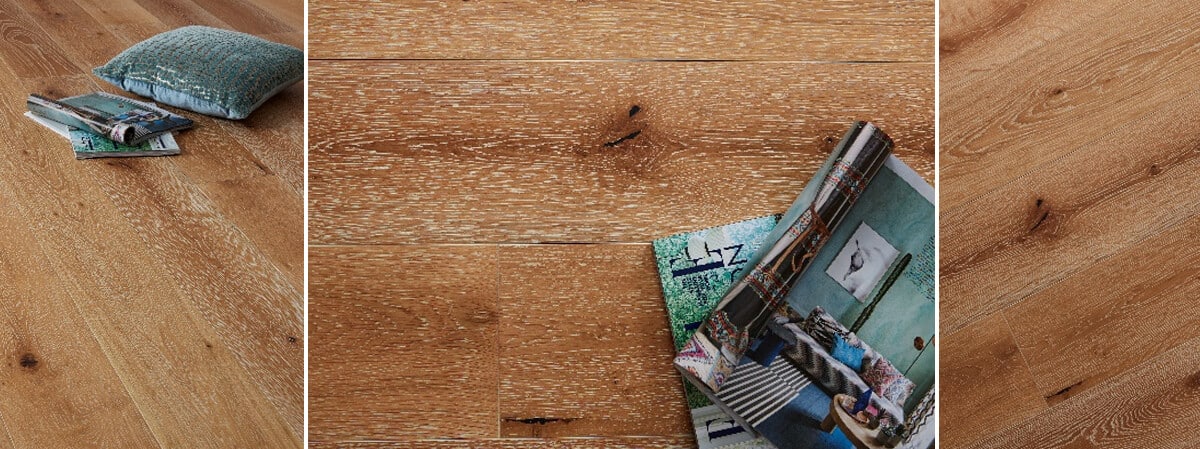Painting Hardwood Floors Without Sanding: 7 Expert Tips
Painting Hardwood Floors Without Sanding: A Comprehensive Guide
Painting hardwood floors without sanding offers a practical and efficient solution for many homeowners wanting to refresh their interiors without the hassle and dust associated with traditional sanding. This approach saves significant time and effort while still delivering an attractive, durable finish when executed properly. This guide details the most effective methods, specialized products, and essential preparation techniques for painting hardwood floors without sanding, tailored specifically for homeowners in the UK aiming for budget-friendly and environmentally conscious flooring updates. For expert assistance, consider hiring a reputable flooring contractor qualified in advanced refinishing methods.
Why Consider Painting Hardwood Floors Without Sanding in the UK?
Hardwood floors are cherished for their classic appearance and long-lasting strength. Nevertheless, sanding is not always feasible—older or factory-finished floors can be easily damaged by sanding or might have finishes incompatible with it. This is especially true in many UK homes where preservation of original materials is a priority, making the no-sanding approach a sustainable option that reduces waste and retains the wood’s character.
Opting to paint without sanding accelerates the renovation timeline and minimizes disruption, noise, and dust—ideal for busy households, rental properties, or commercial environments. For homeowners exploring full replacements instead, consider professional wooden floor installation services, including modern options such as engineered or multi-ply flooring tailored for durability and style.
Local Context: Hardwood Flooring Trends in London and Surrounding Areas
In London and the Southeast of England, historic buildings sit alongside modern properties, creating a diverse market for hardwood flooring. Areas like Camden, Shoreditch, and Richmond frequently employ economical and innovative floor refresh techniques such as painting without sanding to maintain historic integrity while updating aesthetics. This method is especially popular in commercial districts near Greater London where businesses require quick, clean flooring upgrades to avoid operational downtime. To see examples of these successful renovations, explore our portfolio of projects that highlight both residential and commercial transformations.
Understanding How to Paint Hardwood Floors Without Sanding
This technique demands meticulous preparation to ensure paint adherence and longevity. While sanding typically creates a rough surface for paint to grip, substituting it with thorough cleaning and high-quality primers can achieve comparable results. For those wanting premium flooring alternatives later, investigate listings like Loch Achray multi-ply flooring and Balmoral engineered flooring as robust, stylish options.
Key Preparation Steps
- Deep Cleaning: Remove grease, oils, and dirt thoroughly with wood-safe degreasers to ensure optimal paint bond.
- Repair Surface: Fill cracks or holes using quality wood fillers, smoothing out imperfections without sanding.
- Dust Removal: Use a vacuum and tack cloth to clear all residual dust after repairs and cleaning.
Choosing the Best Primer
Employ a specialized bonding primer formulated for hardwood floors. These primers boost adhesion over sealed or gloss-finished wood surfaces where sanding is omitted. Apply light, even coats for best coverage. For a harmonious interior design, consider pairing painted floors with herringbone solid wood flooring in connecting rooms.
Selecting Durable Floor Paint
Floor-grade paint designed for wood should be your choice, with water-based and oil-based formulations available to withstand foot traffic and wear. Darker or neutral shades are recommended as they better conceal dirt and scuffs in high-traffic areas. If considering full replacements in future projects, browse elegant options like Loch Tay multi-ply or Chatsworth herringbone multi-ply flooring.
Step-by-Step Process for Painting Hardwood Floors Without Sanding
- Remove Furniture and Protect Edges: Clear the floor area completely and mask off skirting boards and adjoining surfaces with painter’s tape.
- Intensive Surface Cleaning: Use a professional-grade degreaser to eliminate residues, oils, and contaminants.
- Fill Imperfections: Apply wood filler where needed; let it dry fully before gently smoothing.
- Prime the Flooring: Coat with a bonding primer designed specifically for hardwood floors and allow to dry according to product instructions.
- Apply Floor Paint: Use quality rollers or brushes to apply paint in thin, even layers; typically, two to three coats are needed.
- Seal (Optional): For extra durability and protection, especially in commercial environments, apply a clear polyurethane sealer after the paint has cured.
- Allow Proper Curing: Permit adequate drying and curing time before foot traffic or furniture replacement, often several days.
Professional Tips for Best Results
- Always conduct a small patch test to verify primer and paint compatibility.
- Use tools specifically designed for floor painting to prevent streaks and inconsistencies.
- Account for local climate conditions like London’s humidity affecting drying times.
- Ensure adequate ventilation and wear appropriate safety gear during application.
Advantages and Disadvantages of Painting Hardwood Floors Without Sanding
| Advantages | Disadvantages |
|---|---|
| Faster, less labor-intensive process | May result in weaker paint adhesion compared to sanding |
| Significantly less dust and home disruption | Possible need for more frequent touch-ups or recoating |
| Cost savings suitable for budget renovations | Surface imperfections may be more noticeable |
| Preserves original wood finish underneath | Unsuitable for floors with major finish damage |
Frequently Asked Questions About Painting Hardwood Floors Without Sanding
Is it really possible to paint hardwood floors without sanding them first?
Yes, with comprehensive cleaning, high-quality bonding primers, and suitable floor paints, this method is effective. While sanding improves durability, it is not always necessary. For thorough information, visit our detailed blog which covers step-by-step procedures and product advice.
How long will the paint last without sanding?
Paint applied without sanding may have slightly reduced longevity but modern primers and paints still provide a resilient finish for typical residential and commercial usage. For areas requiring greater durability, upgrading to premium options like The Primes engineered flooring is recommended.
Is the no-sanding method easier?
Yes, it reduces the mess and preparation time considerably. However, thorough cleaning is imperative to compensate for the absence of surface abrasion caused by sanding.
Contact Nationwide Hardwood Flooring Company
For professional advice and installation services in London and its surrounding areas, Nationwide Hardwood Flooring Company stands as your expert flooring contractor. Whether opting to paint your hardwood floors without sanding or exploring alternative flooring such as engineered hardwood or parquet, our specialists are ready to assist. Learn more on our about page, call 07940 528 315, or email enquiries@nhfcompany.co.uk to book a consultation. Alternatively, contact us online.
Conclusion: Refresh Your Floors with Confidence
Painting hardwood floors without sanding is a smart, effective technique that enables you to update your floors quickly, economically, and with minimal disturbance. With detailed preparation, premium materials, and the right approach, you can achieve a stunning, long-lasting finish that breathes new life into your residential or commercial spaces. For inspiring results, view our client portfolio showcasing transformations, and consider future upgrades with top-tier options like Blenheim multi-ply and Loch Morar multi-ply flooring.


